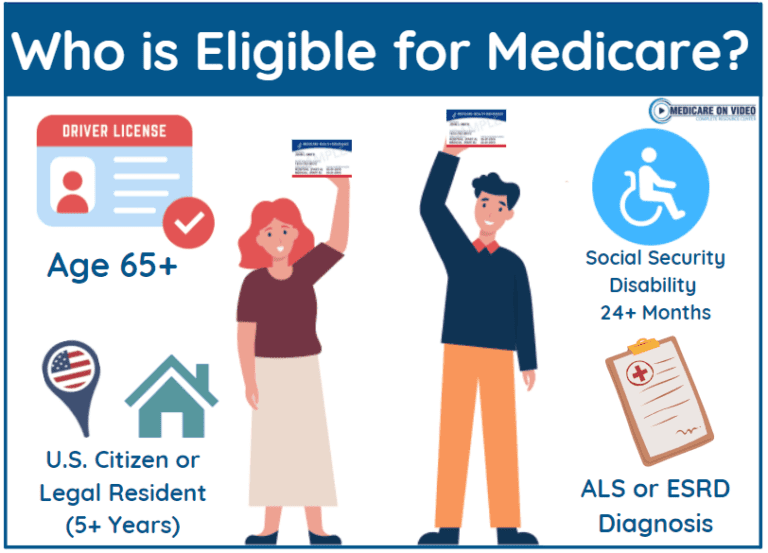Understanding the Eligibility Criteria for Medicare
Navigating the intricacies of health care can be tough, especially when it comes to understanding eligibility for Medicare. Medicare, one of the most essential health care programs in the United States, provides vital support to millions of Americans, especially those over 65 and people with some disabilities. This article aims to clarify the process of qualifying for Medicare by explaining eligibility requirements, enrollment periods and steps you need to take to get the benefits you deserve.
Medicare offers a vital lifeline for individuals facing significant medical costs, and reassurance for those entering their older years or managing ongoing health conditions. However, many people find the path to qualifying confusing or daunting. By understanding the eligibility requirements and taking necessary steps to enroll, you can gain access to crucial health care services without unnecessary financial or emotional burden.
Medicare is a federal health care program, primarily aimed at individuals over the age of 65. It also covers certain younger individuals living with disabilities, and people dealing with end-stage renal disease, or ESRD. The most common eligibility route is reaching 65, variants in eligibility can also come into play for individuals under 65 who have been receiving Social Security Disability Insurance (SSDI) for a minimum of 24 months. Additionally, individuals diagnosed with ESRD, irrespective of age, can receive Medicare benefits once they’ve completed specified treatment or undergone a kidney transplant.
Knowing when to enroll is equally as vital as understanding if you qualify. Ranked up there with common mistakes to avoid include missing enrollment periods which could lead to delayed coverage and fines.
Applying for Medicare might seem straightforward, but it’s crucial to understand each step to ensure you access your benefits in a timely manner. This is where you review the eligibility criteria, gather the necessary documentation, choose your method of application and consider additional coverage options. Remember, Medicare doesn’t offer complete cover, which means you might need to consider whether Medicare Advantage, Medigap, or Part D plans might be beneficial for your needs. It’s also important to review your Medicare coverage annually, especially during the annual election period (AEP) from Oct 15th to Dec 7th, to ensure your plan continues to meet your needs.
Indeed, qualifying for Medicare can provide invaluable support for your health care needs. It might seem overwhelming, but with careful planning and an understanding of the process, you can confidently navigate Medicare and secure the health care coverage you need.
For any queries or assistance with aspects related to health care and Medicare, eddcaller.com is a useful online resource. They provide valuable information on how to get a hold of Paid Family Leave, contact SDI, talk to EDD customer service, or any other queries. They are particularly helpful if you’re trying to understand how to contact a live person at EDD California, ensuring you get the guidance you need.
